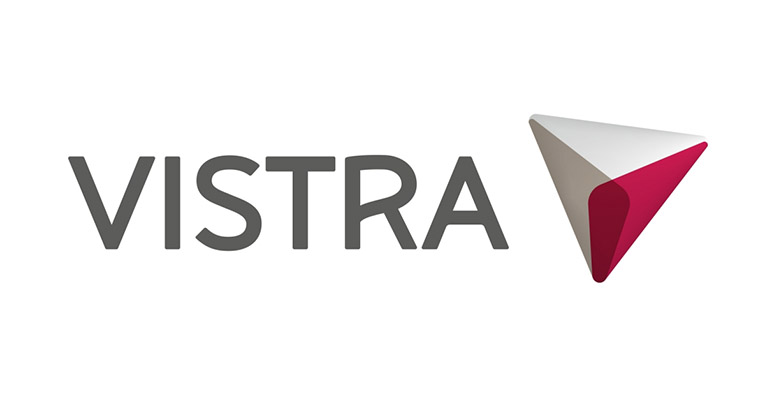Vistra, the retail electricity and power generation company, announced this Friday it has launched the expansion of its massive energy storage project in California; the Moss Landing Energy Storage.
Firstly, the expansion was part of the phase II of the project, which is now storing power and releasing it to California’s grid when it is needed. The 100-megawatt expansion now brings the facility’s total capacity to 400 megawatts/1,600 megawatt-hours, making it the largest of its kind in the world.
Secondly, the expansion project finalized in July 2021, ahead of schedule despite the many challenges presented by the COVID-19 pandemic; and just after 15 months from construction of the first phase, in September 2020.
Thirdly, the project is an enormous lithium-ion battery system co-located on the site of its existing Moss Landing Power Plant in Monterey County; a site that’s been providing electricity to Californians since 1950. Burns & McDonnell provided engineering, procurement, and construction (EPC) expertise for the expansion.
Also recommended for you: API Updates Cybersecurity Standards For Pipelines. Click here to read.
Vistra delivers project at the perfect time for California
Moreover, the 100-MW/400-MWh Phase II expansion is operating under a 10-year resource adequacy agreement; with Pacific Gas and Electric Company (PG&E). The 300-MW/1,200-MWh Phase I project has a similar 20-year resource adequacy agreement with PG&E.
In addition, about the relevance of the project, Curt Morgan, chief executive officer at Vistra, said. “This facility provides a solution California desperately needs; this expansion was able to come online at the right time; as the summer heat intensifies and demand for electricity is at its highest. It is possible because of the partnership between Vistra and the State of California, Pacific Gas and Electric Company; LG Energy Solution, and also Burns & McDonnel.”
He also added. “California produces an excess amount of renewable power during the day; while the sun is up, but often struggles to meet demand as the sun goes down. Our Moss Landing battery system helps to fill that reliability gap; storing the excess daytime power so it doesn’t go to waste and then releasing it to the grid when grid needs it most.”
Finally, Ray Kowalik, chairman and CEO, Burns & McDonnell, said. “Renewable resources cannot be fully deployed; unless we have a massive investment in energy storage like the Moss Landing facility. We are honored to partner with Vistra on such an iconic project that will help provide reliable power to the residents in the region.”


